11 classic hardware synths that deserve a remake
If dreams could come true, which classic hardware synths would you love to see come back to affordable, reliable life?
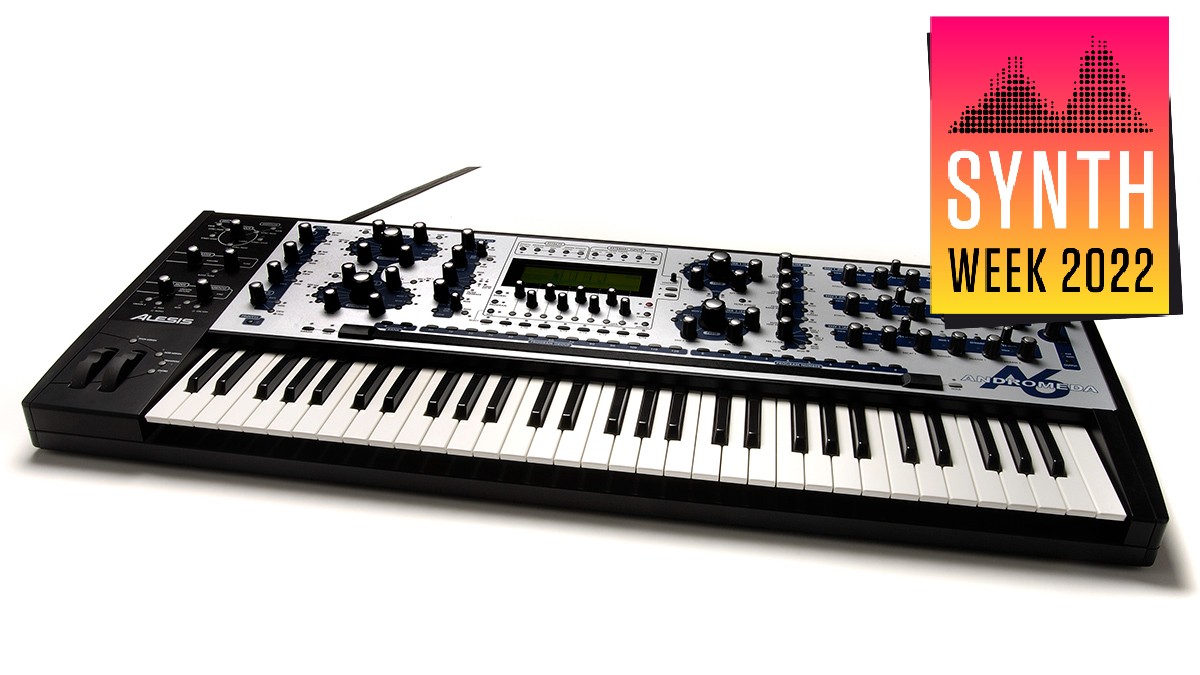
SYNTH WEEK 2022: The last decade has seen a new trend for rebirthing old classic synths. They said it couldn't be done… That there was a simple reason why synths had be shiny and digital and nobody made genuine analogue units any more… And that if they DID make a perfect recreation of their old hardware that no-one would buy it. All turned out to be absolute hokum.
These days every synth maker is proudly plundering their back catalogue to make modern versions of their classics that don't just sound and play the same, but are often cheaper than they were originally and easily ten times as reliable.
But not all classic hardware synths have been treated to a remake just yet. There are still plenty of candidates that we'd love to see come back to life. Here are our top 11 wants: some are obvious, some are rumoured to be 'on the way' and some are just plain stupid, but every one of them would be a super cool slice of (re)hardware heaven…
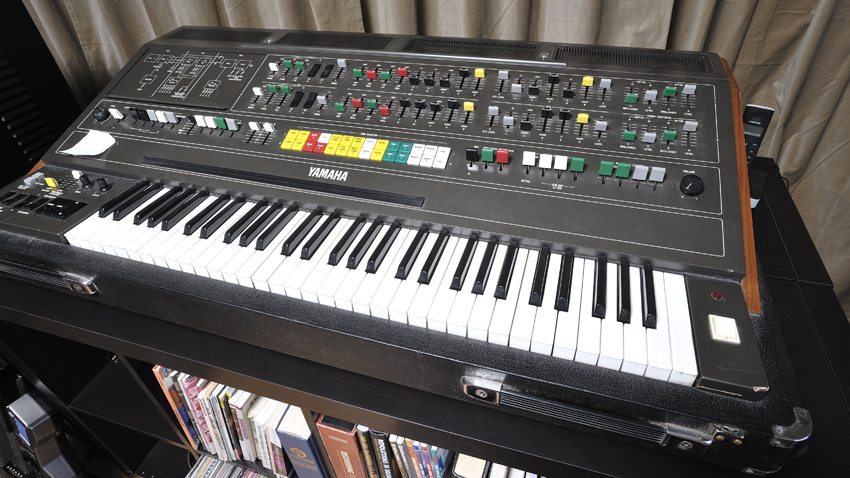
1. A proper Yamaha CS-80
We'll start with some obvious synths that we want remade right now, none more so than the Yamaha CS-80, aka 'the greatest synth ever made'.
Yes, there were rumours a couple of year's back that Yamaha was recreating it. Yes, Behringer is 'working on it' - as it seemingly is with every classic synth - and yes there are modular approximations (Black Corporation's Deckard's Dream being a prime and excellent example). But we are still to see a proper hardware recreation of this behemoth of a synth, which is quite incredible, especially with the original commanding the highest second-hand prices ever - somewhere north of £20,000.
There's surely cash to be made here, so forget your mini Reface models Yamaha, and get your finger out Uli - we want proper hardware now, or at least in time for Blade Runner 2079.
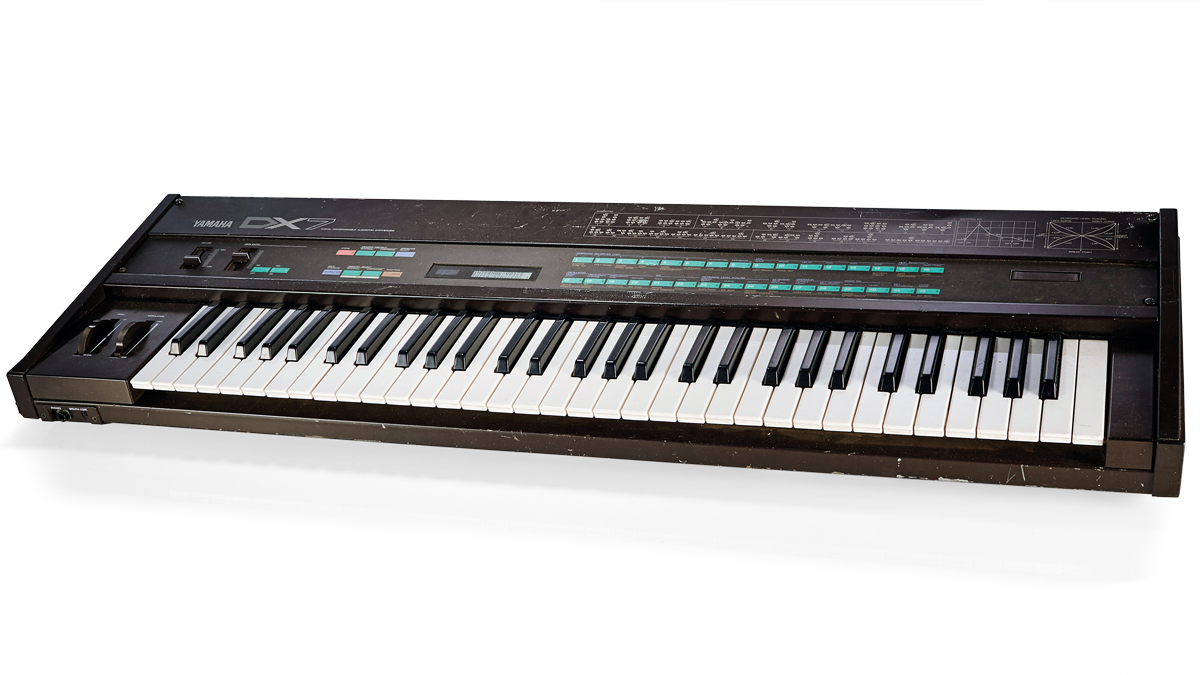
2. A Yamaha DX7… on steroids
The DX7 is certainly a classic synth and there have been many software emulations and stabs at cheap hardware versions - stand up Korg's Volca FM and Yamaha's own Reface DX. But no-one's remade the DX7 like it really should be remade… which is nothing like the original.
Want all the hottest music and gear news, reviews, deals, features and more, direct to your inbox? Sign up here.
That's because, back in 1983, the DX7 was the first synth to offer FM synthesis for the masses, but the masses a) didn't know they wanted it and b) didn't know what to do with it once they had it, except an Eno brother or two. But, hey, the presets were great, so it sold by the gazillion.
So we don't just want the DX back, but also some way to make programming it easier; a DX7, then, with proper controls and fewer menus to navigate. So how about a brand-new hardware synth that merges a classic DX7 engine with a ridiculously rare controller like the Jellinghaus DX Programmer or newer DT Tronics DT7? Yes please.
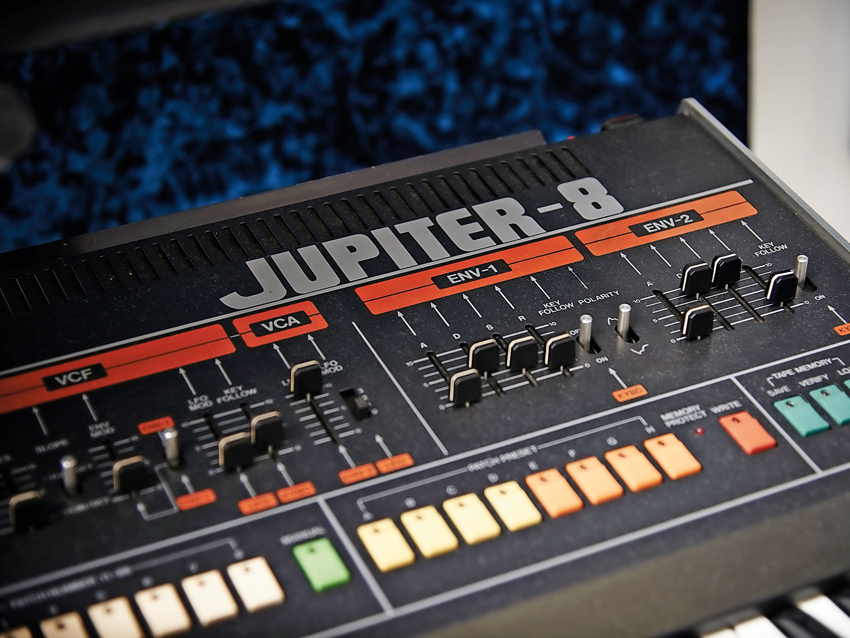
3. A real Roland Jupiter-8
We've had the Jupiter-8 in software (from Arturia and more), we've had different versions of Roland hardware (JP-08, Jupiter-X and so on), we've had countless modules doing parts of it and, of course, 'Behringer is working on one'.
But no. Forget all of that. What we want, what we really, really want, is a bona-fide Jupiter-8 remake. From Roland. Sequential has done it with the Rev-4 Prophet-5 - essentially updating a proper Prophet-5 for 2021 - so why not Roland? Come on down from your Cloud and make us a great big, proper Jupiter-8 piece of hardware that's exactly like the original, with added USB and other 21st-century niceties. That'll do. And do it for less than £2k, please. Thanks.
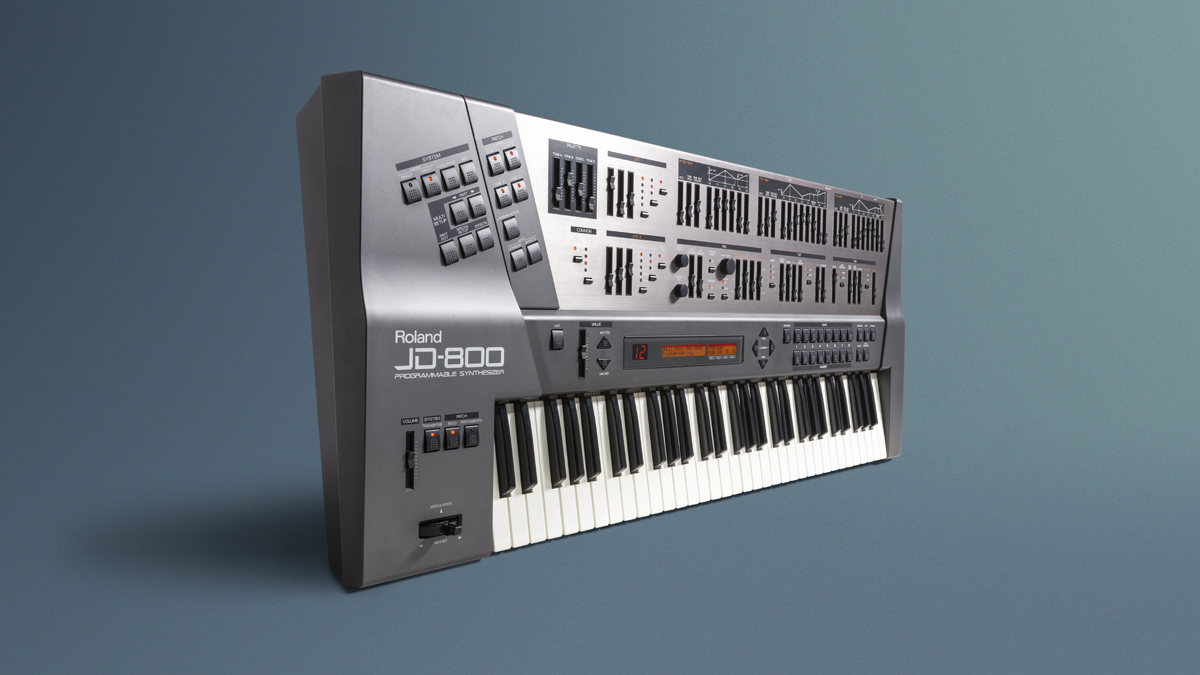
4. And a not-so-obvious Roland
It took Roland long enough to catch on to the fact that software emulations of its synths were in demand, so to believe that the Jupiter-8 we've just asked for will come out any time soon is pure fantasy. But while we're at it, we might as well dream about another great Roland synth we want remade, but this one's not such an obvious choice.
Yes, while we could also harp on about Roland bringing back a slew of JPs, Junos, even a System 100 or two, what we'd actually like is a new JD-800. This was an oddity at the time of its release in 1991 in that it was riding the popularity wave of digital - with a firmly digital oscillator-based architecture - but was offering the control of analogue with sliders a-plenty.
The problem was that few realised they wanted analogue control back in '91, so while the JD did well, it was hardly 'D-50 well'.
Which is probably why it hasn't been revisited in physical form (there is a Zen-Core Expansion) but we reckon that with so much analogue hardware shifting big numbers, a digital-analogue (or analogue-digital) option could fly, too.
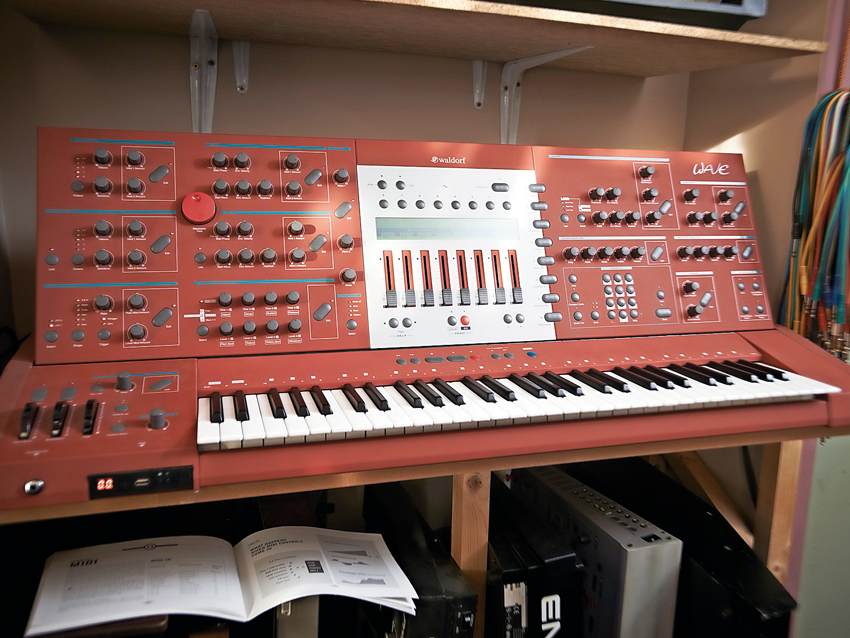
5. Wave hello to Waldorf
The Wave was a 'best of all synths' in one: a wavetable engine, up to 48 voices, 8-part multitimbral, analogue filters and all designed by Axel Hartmann. It was rare, heavy, expensive - up to £6,500 when it was released in 1994, which was a huge amount of money back then - and with current exorbitant second-hand prices (the only one we could find sold for over £15k) you just know there's a market for a new one.
Waldorf, of course, still makes synths - and good ones at that - including the Quantum, which has many classic Waldorf wavetables (and which Hartmann was also involved with, saying, “many see the Quantum as the rightful successor to the Waldorf Wave”).
But the Wave's the one we want back: a 90s vision of the future of technology, just one that was released a decade or two too early. Let’s hope that M, the company’s new Microwave-inspired hybrid synth, can scratch our itch.
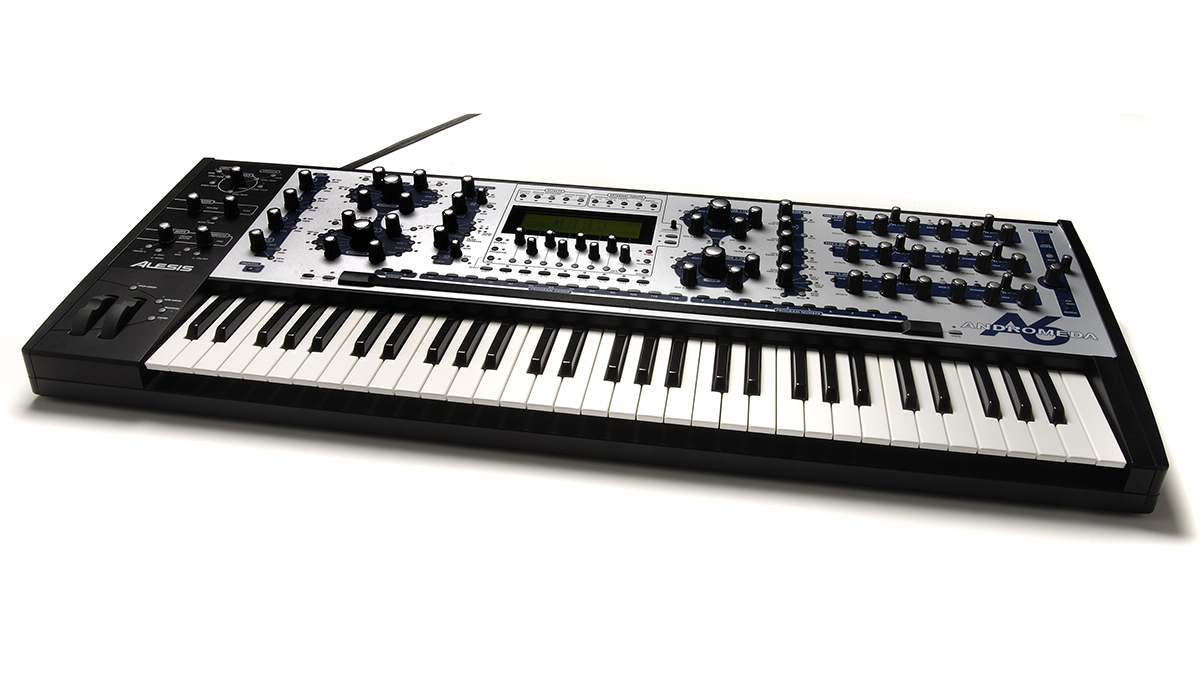
6. An Andromeda, without the strain
Before Alesis became part of the mighty inMusic corporation, it had a rather more, shall we say, colourful history, with many a product that could be reborn today.
The HR16 drum machine (supposedly designed in a wedge-shaped way because the original was made out of a telephone case, although we might have ‘misremembered’ that ‘fact’); the MMT8 sequencer (just ask Orbital - they bought most of them); the mighty QuadraVerb multi-effects box, and QuadraSynth (ask Gary Numan) are all ripe for remakes… at least looking through our particular rose-tinted spectacles.
But it's the company's Andromeda synth that we're including here. Based on designs around Moog oscillators and Oberheim filters, it was also attempting to be a proper analogue workstation with 16-voice polyphony, 16-part multitimbrality and a fab modulation matrix. Yes, it had the odd 'teething issue', but if Alesis could forget about knocking out cheap controllers for 10 minutes and make a few more of these (for less than the original street price of £1,500!), we certainly won't say 'no'. And make it a bit lighter while you're at it please, guys.

7. Hartmann's hat-trick
On its release, some said the Hartmann Neuron was basically a PC with a synth case built around it, but if you take that argument too far you could apply it to any digital synth and then where would we be?
Actually the Neuron, another synth designed by Axel Hartmann - the third for him here (yes, we basically love him) - has gained more favour since its demise and revival in software, mostly thanks to its different way of doing things.
The fact that Hans Zimmer loves it is almost a given, so we much prefer this comment by one SonicState owner who says, “If you want to be a popular rock star, get a Roland. If you want to sail off the edge of the world to see what's there, get a Neuron.” We're almost going full 'flat earth' with that comment, but don't expect Axel to wax any more cash on this particular hardware any time soon.

8, 9, 10. Serum, Diva and Omnisphere
Since software took over the synth world in the early 2000s - before giving it back to hardware in the 2010s - there have been many classic desktop releases. Massive, Synthmaster, Reaktor, anything by u-He and any emulation by G-Force are all amazing, but all 'untouchable', living behind your computer screens in a binary, virtual existence.
So, we conclude this most fantastical of lists by demanding that the best soft synths be recreated as hardware.
The problem with this, of course, is that software has no physical limitations, whereas hardware, er, does, so building a box with 24 oscillators and 36 filters might be problematic in the real world. But as the rest of this feature is pure fantasy - Roland rebuilding a Roland synth; whatever next? - indulge us as we demand that the greatest soft synths of all time be reimagined as big chunks of actual matter.
And there can be only three: Xfer Records Serum is to dance music as Charles Dickens is to Christmas; Spectrasonics Omnisphere is to movie soundtracks as Jordan Rudess is to endorsements; and u-He's Diva is quite simply the best analogue synth ever… in software. Someone, some day will make them all in hardware. We guarantee it.
11. And finally, any Behringer synth…
… remade by Roland. Just for a laugh.
Want more synthy goodness? Get all our features, tutorials, tips and more at our Synth Week 2022 hub page.


Andy has been writing about music production and technology for 30 years having started out on Music Technology magazine back in 1992. He has edited the magazines Future Music, Keyboard Review, MusicTech and Computer Music, which he helped launch back in 1998. He owns way too many synthesizers.
